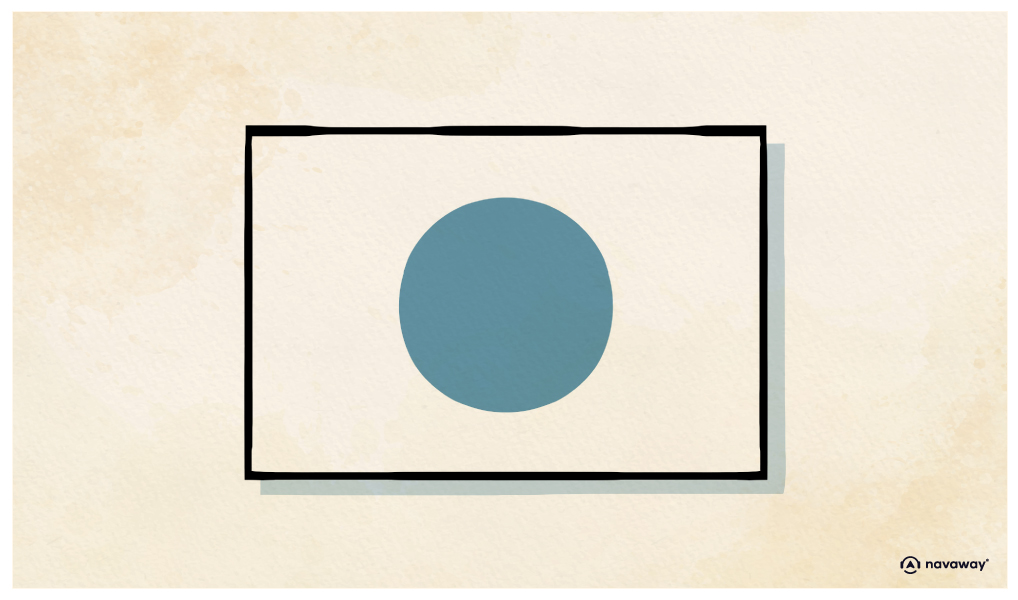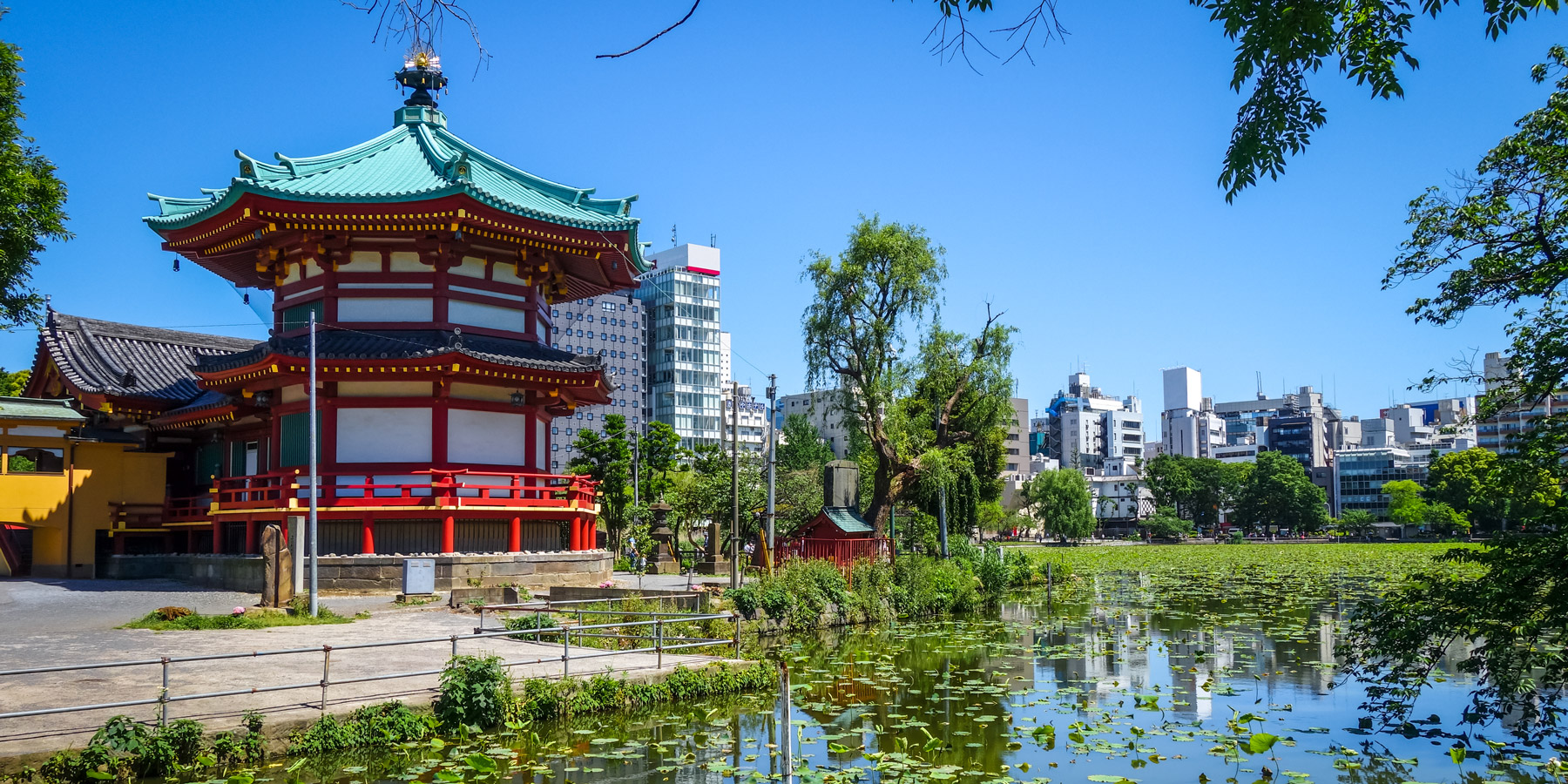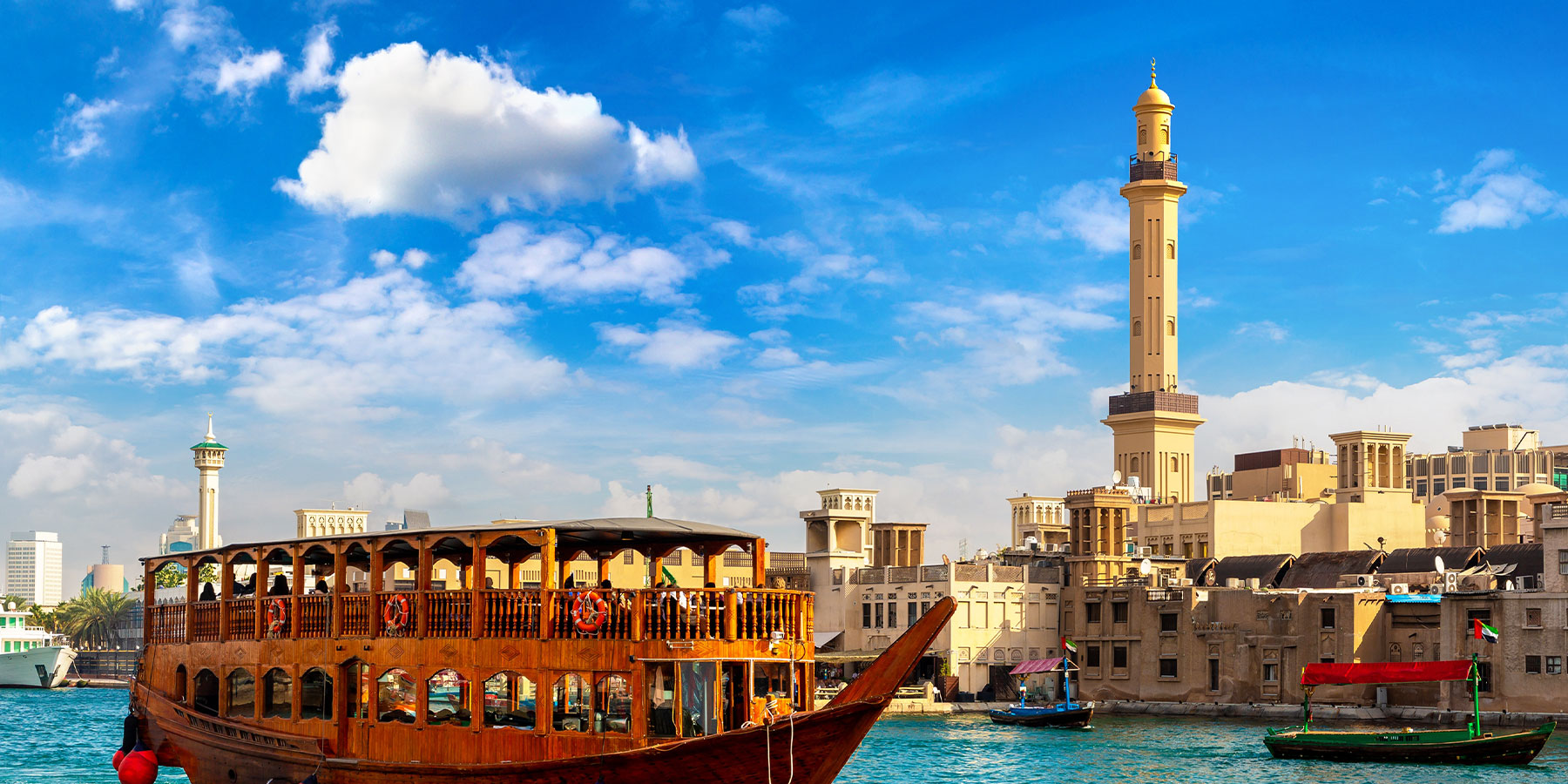
Everything you must know about Japan

This point of interest is available as audio on the tour: Visit Tokyo, Where tradition meets modernity
There’s just so much to say about Japan! Beyond the country’s religion, monuments, and culture, there’s also a lot to learn on its geography and people. First of all, know that the country covers over 6,850 islands of over 100m² in size. Good thing we aren’t counting the tiniest ones too, otherwise the number would be mind-blowing! Still, 95% of Japan’s surface is spread across only four main islands, so you’ll find everything there: Honshu, the largest and home to Tokyo, Osaka, Kyoto, and Hiroshima; Hokkaido to the north; and the smaller islands of Shikoku and Kyushu. Among all these islands, only around 430 are inhabited. When it comes to population, Japan ranks as the 11th most populous country in the world, with more than 125 million inhabitants. Japan is also home to the most populated city on Earth, Tokyo! The capital alone has 14 million inhabitants — over 38 million if you include the full urban area. In comparison, London has almost 10 million people in its city center and about 15 million across its wider metropolitan area. Yet, despite its density, Japan remains one of the safest countries in the world, boasting a very low crime rate. The Japanese are also reputated to be sticklers on cleanliness and health—which you notice as soon as you step foot in the country. Did you know that over 50,000 Japanese people are aged 100 or older? The highest number in the world. Despite this record, life in Japan isn’t without its challenges. Work pressure here can be intense, with suicide being the leading cause of death for men between 20 and 44 years old. Many people work up to 60 hours weekly, and you’ll often notice office workers catching quick naps on benches or trains to recover from exhaustion. This demanding work culture began during the economic boom of the 1980s, when companies offered lifetime employment to students in exchange for complete dedication. Then came the economic crisis of the 1990s, when people worked even harder simply to maintain job security. Unfortunately, this habit has persisted in Japanese society, sometimes leading to heart attacks and work-related suicides.Japan also faces the constant challenge of earthquakes, experiencing over 1,500 annually of varying strengths—some barely noticeable, others devastating. The 2011 earthquake, measuring 9.1 in magnitude, was the strongest ever recorded in Japan. While modern infrastructure limited the damage, the tsunami that followed caused nearly 16,000 deaths with 2,500 people still missing.The 1923 earthquake was even more catastrophic, claiming between 100,000 and 140,000 lives and leaving almost 2 million people homeless, as resulting fires and panic proved deadly. These tragedies have motivated Japan to construct more earthquake-resistant buildings and to regularly train citizens on safety procedures. Despite these efforts, earthquakes still claim lives today—for example, four people died in March 2022 from a 7.3 magnitude earthquake. It’s certainly a challenging geographic position for such a densely populated nation!Now, with this understanding, let’s continue our journey toward the Sumida River.

Discover other tours to visit Tokyo

Discover Tokyo with app
An interactive guide through the most beautiful streets, squares, and districts
19 fun audioguides full of historical facts, anecdotes, and legends






Comments